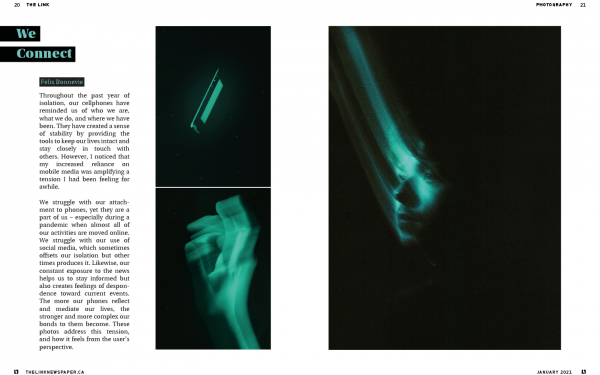What Does a Scanner See?
Japanese Artist Explores Self-Portraits at “Mois de la Photo” Exhibition Centred on Drones
Our highly automated modern lifestyles allow for a higher quality of life—but at what price? This year’s “Mois de la photo” exhibition hopes to tackle the subject in its 13th edition, with the theme Drone: The Automated Image.
The Montreal Arts Interculturels museum puts on the international art biennale and features dozens of artists and photographers, including Japanese artist Tomoko Sawada, whose project analyzes one of travellers’ biggest pet peeves—passport photos.
Kept secretly tucked away in the pages of our passport, the standardized identity pictures rarely escape the practical usage we make of them. Sawada re-appropriated such images for her project, using a standard photo booth.
In ID 400, Sawada offers 400 different versions of self-portraits taken with a photo booth she found in the parking lot of a supermarket in Tokyo. In the portraits, she shows 400 different versions of herself using various costumes, makeup and hairstyles. Not a single one is similar to the other.
Her work reflects interesting questions: Can our ID photos really represent who we are? What is the difference between reality and representation?
“There is a kind of retaliation inside the photo booth, where she is asking the photo booth, ‘Can you identify me?’ She keeps tricking the photo booth into thinking these are different people but in the end it’s just one person,” explains curator Paul Wombell.
Giving each picture a new face, Sawada explores the ambiguities between physical identity, which she proves to be continuously changing, and her inner identity, which remains the same in every photo.
“I made this piece for my final graduation project,” she said. “At the time, I was asking myself why people changed their physical appearance. Who you truly are is something very difficult to change but everything else is very easy to change.
“I don’t think I really change when I’m transforming my appearance, but people’s behaviours change,” she continued. “My research was based on the relationship between the inside and the outside. How much does the outside affect the inside?”
Her artistic approach of inscribing the body in the machine is perfectly in line with the theme of the biennale. As she explains, the photos are instantaneous. Once the button is pressed, the picture is taken and it can no longer be altered.
Sawada wanted to be as honest and real as possible, using no digital artifacts or “cheats” such as Photoshop—only herself, alone in front of the machine.
In these gelatin silver prints, Sawada isn’t interested in making a statement or criticism. Her artwork is left open to interpretation—and to exploration into the complexity of identity, and hopefully delivering an emotional response to viewers.
“I want to hear the opinion of my public,” Sawada said. “I want to know what they think and what they receive from my work.
“My work is like a mirror and people often see themselves in it.”
She adds that she doesn’t mind the opinion of people who dislike ID 400. What she finds important is that it creates a feeling inside them at all.
“It creates strong emotions, it makes people feel,” she said. “Even if people hate me, I think it’s a good thing: hate is a very strong feeling and it means I can move something.”
<<< ID 400 at Drone: The Automated Image // Montreal Arts Interculturels (3680 Jeanne-Mance St.) // Sept. 8 to Oct. 5, open Thursday through Saturday, 12 p.m to 6 p.m // Free admission >>>

_600_832_s.png)




